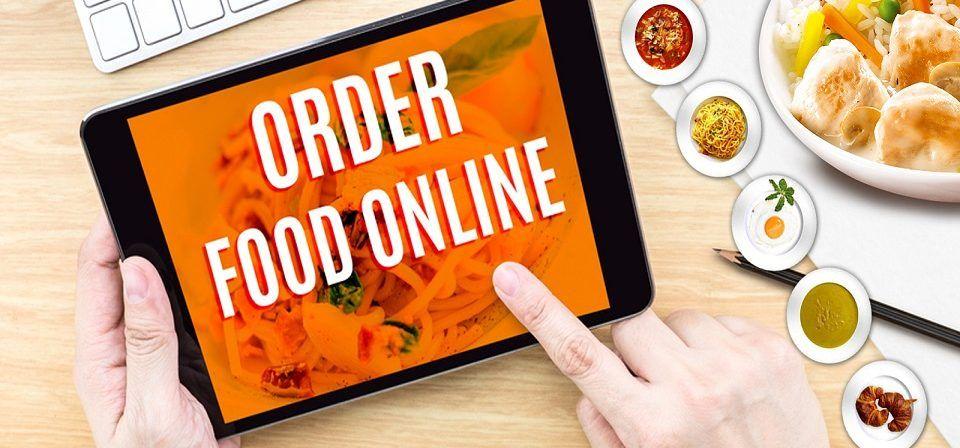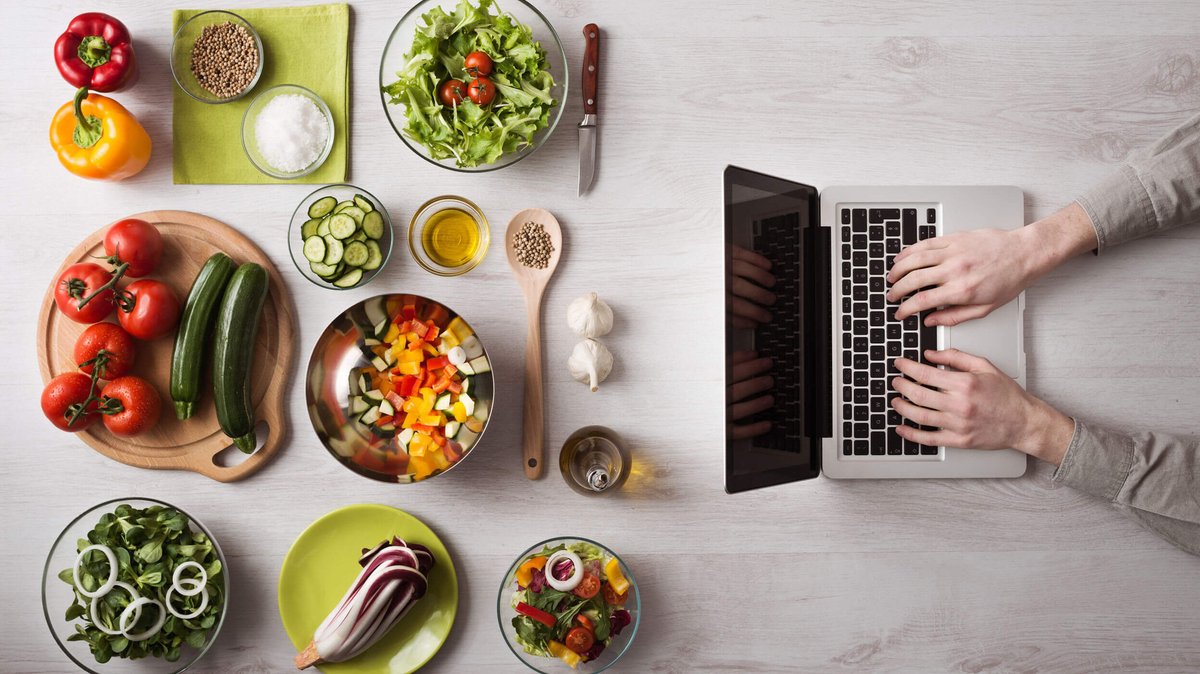Food Delivery Services Market Overview: Role of Social Media and Influencer Marketing in Online Food Sales

Introduction
The food delivery services market has grown exponentially in recent years, driven by the increasing adoption of online platforms and digital marketing strategies. One of the most influential factors in this growth is the role of social media and influencer marketing. These digital tools have transformed how consumers discover, engage with, and order food online. With billions of users on platforms such as Instagram, TikTok, Facebook, and YouTube, food delivery services can leverage social media to enhance brand awareness, drive customer engagement, and boost online food sales.
The Impact of Social Media on Food Delivery Services Market
Social media has become a powerful marketing tool for food delivery services, allowing businesses to interact directly with consumers, showcase their offerings, and create engaging content that drives demand. Several key aspects illustrate the impact of social media on the food delivery services market:
-
Brand Awareness and Visibility: Social media provides food delivery companies with a platform to reach a global audience. High-quality images, promotional videos, and interactive posts help increase brand recognition and recall.
-
Customer Engagement and Interaction: Businesses can interact with customers through polls, Q&A sessions, live videos, and comments, creating a sense of community and brand loyalty.
-
Viral Marketing and Trends: The rise of food-related challenges, viral recipes, and trending dishes on social media platforms influences consumer preferences and boosts demand for specific food items.
-
User-Generated Content (UGC): Encouraging customers to share their food experiences, reviews, and pictures helps build credibility and attracts new users.
-
Advertising and Promotions: Paid advertising on social media allows food delivery platforms to target specific demographics and increase conversion rates through promotions, discounts, and limited-time offers.
The Power of Influencer Marketing in Online Food Sales
Influencer marketing has emerged as a crucial component in the success of online food sales. Influencers, including food bloggers, chefs, fitness experts, and lifestyle content creators, play a significant role in shaping consumer preferences and purchasing decisions.
-
Trust and Credibility: Influencers build trust with their followers, making their food recommendations highly impactful. Consumers are more likely to order from a food delivery service if it is endorsed by someone they trust.
-
Personalized Promotions: Influencers often create personalized discount codes, exclusive deals, and special promotions for their audience, driving direct sales for food delivery platforms.
-
Engaging and Authentic Content: Unlike traditional advertisements, influencer-created content feels more relatable and authentic, leading to higher engagement and conversions.
-
Video Content and Reviews: Short-form videos on TikTok, Instagram Reels, and YouTube reviews provide potential customers with real-life insights into food quality, packaging, and delivery efficiency.
-
Collaborations with Restaurants and Delivery Platforms: Influencers collaborate with both restaurants and food delivery services to promote new menu items, special offers, and seasonal deals.
Key Social Media Platforms Driving Online Food Sales
Several social media platforms play a pivotal role in driving online food sales for delivery services. Understanding how each platform contributes to marketing efforts can help businesses maximize their reach and engagement.
-
Instagram: With its visually appealing format, Instagram is ideal for showcasing food photography, running influencer collaborations, and leveraging Instagram Stories and Reels for promotions.
-
TikTok: Viral food trends, creative short videos, and food challenges make TikTok a highly effective platform for boosting online food sales and brand visibility.
-
Facebook: Business pages, targeted ads, and community groups help food delivery services reach and engage with local audiences.
-
YouTube: Long-form content such as food reviews, cooking shows, and delivery service comparisons influence consumer decisions and drive traffic to food ordering platforms.
-
Twitter: Quick updates, customer service interactions, and trending hashtags allow food delivery brands to stay relevant in conversations.
Strategies to Leverage Social Media and Influencer Marketing for Food Delivery Services
For food delivery businesses looking to optimize their social media and influencer marketing strategies, the following approaches can be highly effective:
-
Collaborate with Micro and Macro Influencers: Partnering with influencers at different levels ensures broader audience reach and more authentic engagements.
-
Create Engaging Social Media Challenges: Encourage users to participate in food challenges, such as taste tests, recipe recreations, or dining experiences, to enhance brand awareness.
-
Leverage Hashtags and Trends: Using trending hashtags and participating in viral food trends can help increase visibility and attract new customers.
-
Implement Customer Testimonials and UGC: Featuring real customer experiences through photos, videos, and reviews enhances brand credibility and encourages potential users to try the service.
-
Utilize Paid Social Media Advertising: Running targeted ad campaigns on social media ensures that promotions reach the right audience, driving conversions and increasing orders.
Challenges and Future Trends
While social media and influencer marketing provide numerous benefits for the food delivery services market, businesses must also address certain challenges:
-
Market Saturation: With many brands competing for attention, businesses must find unique ways to stand out.
-
Managing Negative Reviews: Negative feedback and social media backlash can impact brand reputation, making effective customer service crucial.
-
Influencer Authenticity Issues: Fake reviews or influencer misrepresentation can damage credibility, so partnering with genuine influencers is essential.
-
Adapting to Algorithm Changes: Social media algorithms frequently change, requiring businesses to continuously adapt their strategies for maximum visibility.
Looking ahead, several trends will shape the future of social media and influencer marketing in the food delivery sector:
-
AI and Data-Driven Marketing: Advanced analytics and AI-powered insights will help businesses create more personalized marketing campaigns.
-
Live Streaming and Interactive Content: Live cooking shows, food tastings, and interactive Q&A sessions will enhance consumer engagement.
-
Augmented Reality (AR) Experiences: AR-driven features, such as virtual restaurant tours or interactive menus, will provide an immersive food ordering experience.
-
Sustainability and Ethical Marketing: Consumers are becoming more conscious of sustainability, encouraging food delivery services to highlight eco-friendly practices and responsible sourcing.
Conclusion
Social media and influencer marketing have revolutionized the food delivery services market by driving brand awareness, increasing consumer engagement, and boosting online food sales. By leveraging visually appealing content, engaging influencers, and data-driven marketing strategies, food delivery businesses can enhance their online presence and attract a larger customer base. As digital marketing continues to evolve, businesses must stay ahead of emerging trends to remain competitive in this rapidly growing industry.
- Art
- Causes
- Crafts
- Dance
- Drinks
- Film
- Fitness
- Food
- Jeux
- Gardening
- Health
- Domicile
- Literature
- Music
- Networking
- Autre
- Party
- Religion
- Shopping
- Sports
- Theater
- Wellness


